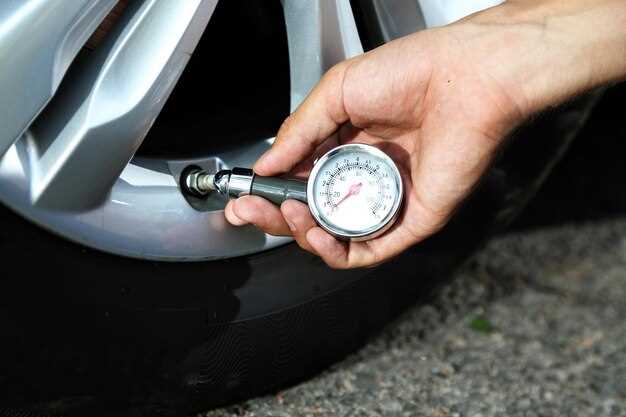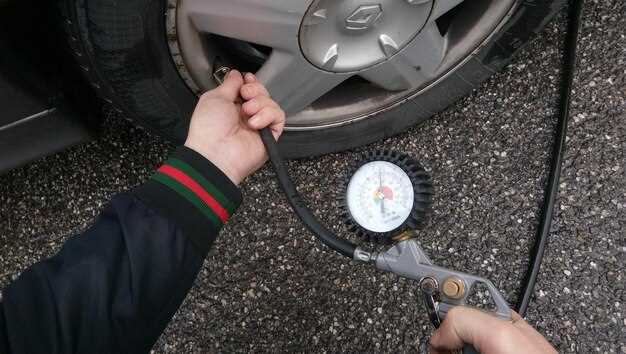
In the realm of heavy-duty trucking, tire pressure plays a crucial role in determining overall performance and efficiency. An optimal tire pressure not only ensures safety but also significantly impacts fuel consumption. When tires are inflated to the recommended pressure, they maintain better contact with the road, enhancing traction and stability. This optimal contact reduces rolling resistance, which is a primary factor influencing the amount of fuel needed for a journey.
Conversely, under-inflated or over-inflated tires can lead to a multitude of performance issues. Insufficient tire pressure can increase tire wear and lead to overheating, greatly diminishing the tires’ lifespan. Additionally, poor handling and decreased braking performance can result, posing safety risks for both the driver and other road users. On the flip side, over-inflated tires may cause a harsh ride and reduced grip, ultimately affecting load-bearing and stability of the heavy truck.
Considering the strong correlation between tire pressure and fuel efficiency, truck operators must prioritize regular tire maintenance. Maintaining proper tire pressure can lead to significant savings, reducing the frequency of refueling stops and lowering operational costs. Understanding how tire pressure influences every aspect of heavy truck performance is essential for maximizing efficiency and ensuring safe and economical transportation.
Optimal Tire Pressure Range for Fuel Efficiency

Maintaining the correct tire pressure is crucial for improving the fuel efficiency of heavy trucks. An optimal tire pressure range ensures that the tires perform effectively, providing better contact with the road, reducing rolling resistance, and ultimately, enhancing fuel consumption.
Typically, the ideal tire pressure range for heavy trucks varies between typically 80 to 120 psi. However, it’s essential to refer to the manufacturer’s specifications for the exact values, as these can differ significantly based on the type of truck and load conditions. Operating with under-inflated tires can lead to increased fuel usage due to higher rolling resistance and greater heat generation within the tires.
Conversely, excessive tire pressure can cause a harsh ride and diminish traction, particularly in challenging road conditions, which can also negatively impact fuel efficiency. Thus, keeping the tires within the manufacturer-recommended range optimizes fuel economy and ensures that the truck operates under safe conditions.
Regular tire maintenance, including checking pressure before long trips and after significant temperature fluctuations, is essential. Even a slight deviation from the optimal pressure can have a noticeable effect on fuel consumption. For instance, studies show that every 10 psi drop in tire pressure can reduce fuel efficiency by approximately 1%.
In summary, the optimal tire pressure is paramount not only for safety but also for enhancing fuel efficiency in heavy trucks. Adhering to the specified pressure guidelines, conducting regular tire checks, and making adjustments based on load and road conditions will lead to significant fuel savings and improved overall performance.
Impact of Underinflation on Cargo Handling and Safety
Underinflation of tires significantly affects the performance of heavy trucks, particularly in terms of cargo handling and safety. When tire pressure falls below the recommended levels, the contact patch between the tire and the road surface decreases, leading to reduced traction. This lack of grip can hinder the truck’s ability to maneuver effectively, especially when carrying heavy loads.
Inadequate tire pressure can also result in uneven wear on the tires. This not only shortens the lifespan of the tires but can lead to structural failures while on the road. Such failures pose serious risks, compromising the stability of the cargo and increasing the likelihood of accidents. Heavy trucks are designed to carry substantial weight, and underinflated tires can cause swaying and unpredictable handling, making it difficult for drivers to maintain control, especially during turns or emergency braking.
Moreover, underinflation contributes to increased rolling resistance. This not only affects fuel efficiency but can also lead to overheating of the tires. Heat buildup is dangerous, as it can lead to blowouts, especially when dealing with the added stresses of heavy loads. Ensuring that tires are properly inflated is crucial for maintaining safe operating conditions and optimizing the overall performance of the vehicle.
In summary, the consequences of underinflation extend beyond minor inconveniences, impacting both cargo handling and safety. Proper tire pressure is essential not only for vehicle performance but also for ensuring the safety of the driver and others on the road.
Methods for Accurate Tire Pressure Measurement and Maintenance

Accurate tire pressure measurement is crucial for optimizing the performance and safety of heavy trucks. Maintaining appropriate tire pressure contributes to better fuel efficiency, longer tire life, and improved handling. Several methods can be employed to ensure that tire pressure is measured and maintained accurately.
One common method for measuring tire pressure is using a digital tire pressure gauge. These devices provide precise readings and are easy to use. They typically feature a digital display that gives instantaneous feedback on the pressure level, allowing for quick adjustments. Regularly checking tire pressure with a digital gauge can help detect any slow leaks that can lead to under-inflation.
Another effective method is the use of tire inflators equipped with built-in pressure gauges. These tools not only inflate tires but also provide accurate readings during the inflation process. This dual functionality ensures that tires are filled to the recommended pressure without the need for a separate gauge, streamlining the maintenance routine.
For fleets and larger operations, tire pressure monitoring systems (TPMS) are an excellent investment. These systems continuously monitor tire pressure in real-time and alert drivers to any significant changes. By providing immediate feedback, TPMS enables timely interventions to prevent issues such as blowouts or decreased efficiency due to improper pressure levels.
In addition to measurement techniques, regular maintenance practices are vital for tire pressure management. This includes conducting pressure checks at ambient temperatures, as tire pressure can fluctuate with temperature variations. It is recommended to check tire pressure at least once a month and before long trips to ensure optimal performance.
Moreover, it is important to follow the manufacturer’s specifications regarding tire pressure. This information can usually be found on the driver’s side door jamb or in the vehicle manual. Adhering to these guidelines helps to achieve the best balance between performance, safety, and comfort.
Finally, maintaining proper tire pressure involves educating drivers and maintenance personnel about the importance of tire care. Training programs can reinforce best practices and instill a culture of safety and efficiency in tire management within transportation companies.




